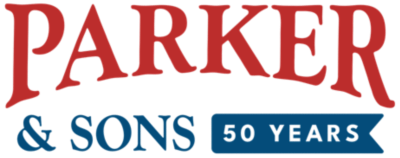Seriously, how about drywall? In a way, it is like oxygen. It surrounds us, unnoticed, nearly every moment of our lives. Or at least the moments we spend indoors. In a lot of other ways, it is nothing like oxygen, seeing as how breathing it would kill you, it is not a gas, a chemical element, or something that composes the Earth’s atmosphere. Instead, drywall, also known as plasterboard, wallboard, or gypsum board is used as an essential element in construction. Not the construction of life, like with oxygen, but constructing buildings. The things we all live, work, and play in.
Drywall Construction Explained
A simple answer that sounds complex. Drywall is panel composed of calcium sulfate dihydrate, known outside the scientific community as gypsum. Occasionally, additives can be used to impart specific desirable characteristics. The gypsum is pressed between a facer and a backer, then voilà! We have ourselves a drywall panel. Now it is time to use it for construction.
Quick Bit of Drywall History
The precursor to drywall, plasterboard, first appeared in the United Kingdom in the late 1800s. It used layers of plaster and wool felt paper. While this primitive drywall functioned similarly to modern drywall, it did not possess many of the same benefits. Namely, it was really, really flammable. Which is bad for buildings. No one wants to live in a tinderbox.
Luckily, a drywall breakthrough was just around the corner. In the early 1900s, gypsum drywall began replacing plasterboard. Gypsum was preferable for several reason, one of the most important being, as we have discussed, it was much more fire retardant than any other comparable material that had come before. Sure, brick, stone, and other comparable materials are impossible to set aflame, but they are expensive. Drywall is cheaper and is an excellent insulator! Yay drywall!
